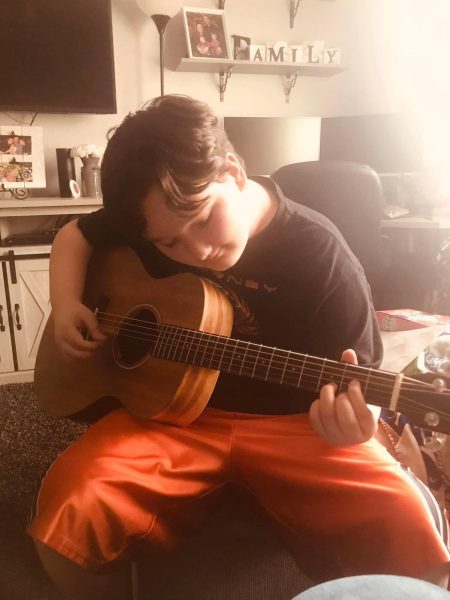After three masterful albums, Between the Buried and Me decided to approach a more mature aspect of progressive writing. Focusing less on riffs or the heaviness of their music, and more on the melodic and narrative writing of the genre. So when they approached the extraterrestrial rock opera and concept album Coma Ecliptic, they had to make not just technical or catchy music, but songs that could create a track-by-track journey for both the band and the listener.
The question is: did they? Well, I want to go track by track, reviewing and analyzing the story of Coma Ecliptic.
Node: 4
“Node” takes place during the wake of an apocalyptic event, and our character decides to take refuge across the universe, away from impending doom. The track really establishes the narrative and the synthetic themes of the instrumentals, also using it as a prelude for the rest of the record.
The Coma Machine: 5
In desperation, our protagonist undergoes a procedure called the Coma Machine — a gateway into his past lives and every form of himself to live out the rest of his life. It also gives a glimpse into this journey, not just being about safety, but about a reflection of self.
This was when I really opened up to the album, with its use of more jazz-centered piano work and guitar lines that drive each melody and composition. Due to the track’s length, they can return to each composition and flesh it out until every element feels complete and reaches a zenith toward the end.
Dim Ignition: 3
The first world they travel to is a monotheistic, almost oligarchical society. He comes across the God King — a being whose power is seemingly thunder and lightning. The king grants him the power to rule the world as a secondary ruler. Even though he has this power, it comes at the cost of isolation.
After living in this pre-Eden-like land, he decides he doesn’t need his power of deity and returns to the machine. The song itself is really short, and one reason I rated it lower is because of how much potential this track had and how fleshed out it could’ve been with the same length as the previous song.
However, for what it’s worth, they play around with synths to create an almost ’80s-feeling sound, somewhat reminiscent of their later works like Automata.
Famine Wolf: 4
As we move into the fourth track, “Famine Wolf,” they wake up as a chimera-esque being — one that is forced to feed off human flesh. With the change in the food web, our protagonist has to battle their own humanity and morality in order to survive. They decide to leave.
I really love the visceral feeling of this song and its instrumentation. It kind of feels like a softer version of Colors or even some of The Parallax II.
King Redeem/Queen Serene: 5
They move into the next world, where humanity has been transformed into husks or hollowed beings, enslaved by a mutation brought on by Darwinism — based on the ability to see light spectrums that most can’t.
The track itself is masterful in how it delivers feeling. The ambience of the first composition leads into a second section that sounds like something straight from King Diamond or even Opeth’s In Cauda Venenum. They use organ and choir production to create a sense of corruption born from purity.
It just feels super unique compared to the previous songs, and we get some really great guitar work.
Turn on the Darkness: 3
“Turn on the Darkness” begins with the protagonist entering a scorched-earth hellscape, kind of evoking the essence of Cormac McCarthy’s The Road. A subsect of vagabond-bound characters roam the land, where our protagonist serves as a prophetic figure — a wasteland evangelist who encourages people to follow his teachings for a prosperous tomorrow. Unfortunately, it doesn’t work.
Despite this great concept, the song doesn’t really do anything for me. There just aren’t any hooks or melodies that spark dopamine or interest. I’m sure there’s someone out there who enjoys this song, so I won’t rate it too low.
Ectopic Stroll: 5
Deriving from the title, “ectopic” means being out of place — hence the state of our protagonist. They awake in a panic due to the lack of suitable worlds and plead for help from the main operator of the Coma Machine.
I absolutely love this track. Its instrumentation is a major step up from the previous one. It’s groove-oriented, almost traditional jazz or theater-esque. I just love that traditional prog-rock sound combined with the same mystic feeling as The Coma Machine. It’s a super strong track that encapsulates the isolation within the narrative.
Rapid Calm: 5
While in a panic, the doctor gives the protagonist a hallucinogen. During this ego trip, smoke-veiled beings beckon him to continue the procedure. He now faces a choice: whether to stay or accept his fate and endure the process.
The song reminds me a lot of ’90s grunge — like the more psychedelic tracks from Badmotorfinger by Soundgarden — combined with a modernized take on Dream Theater’s older discography. It’s emotionally driven and captures an ambient, epic feel, reflecting the weight of the decision.
Memory Palace: 5
Named after a mnemonic device from loci, the protagonist enters a technologically advanced world where man and machine are united. These people face existential truths, having advanced so far they forget they are still mortal shells.
It serves as a metaphor: the protagonist doesn’t want to face his original world, so he continues in the Coma Machine. There’s something about this piece that’s just super fun, and toward the end, you get a bombastic, full-sounding composition.
Option Oblivion: 5
Once they leave the world, they’re brought back to the crossroads. If they travel again, they will be forced to live in that world until their — or the world’s — demise. They decide to go back in one last time.
This track feels like the closest humanity may ever get to experiencing time travel or hyperspeed. It’s super in-your-face and energetic, but you also feel the pain of choice throughout, creating a powerful emotional dissonance.
Life in Velvet: 4
They wake — it’s still their reality. All coma machines need to be driven by false hope. The true machine wasn’t one of exodus but of reflection — a way to understand their life.
The protagonist, struck by this revelation, dies knowing not only its purpose but also its betrayal. Even though the instrumentation is weaker, it really captures the suddenness and confusion, offering a not-so-bad ending to a tragic story.
Final Thoughts
So, my overall thoughts might be kind of biased, but I’ll try my best to understand that it just isn’t everyone’s cup of tea.
First, the narrative is near perfect. There are very few masterful concept albums like this. The aesthetic feels super mature compared to BTBAM’s earlier works like Alaska or Colors. The fact that they were able to follow it up with the great-sounding and even more mature Automata (Parts One and Two) really shows the craftsmanship of Coma Ecliptic and Between the Buried and Me.

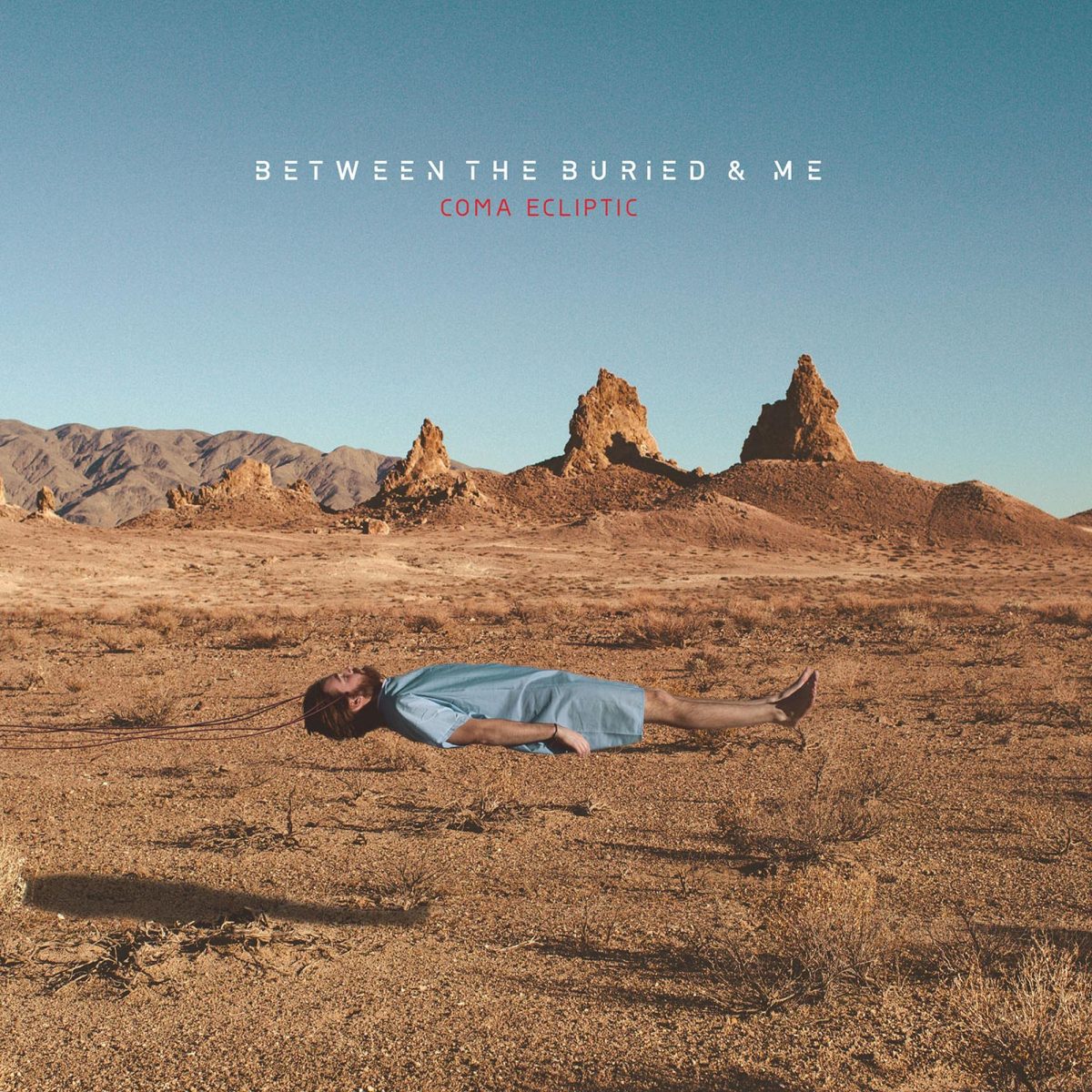
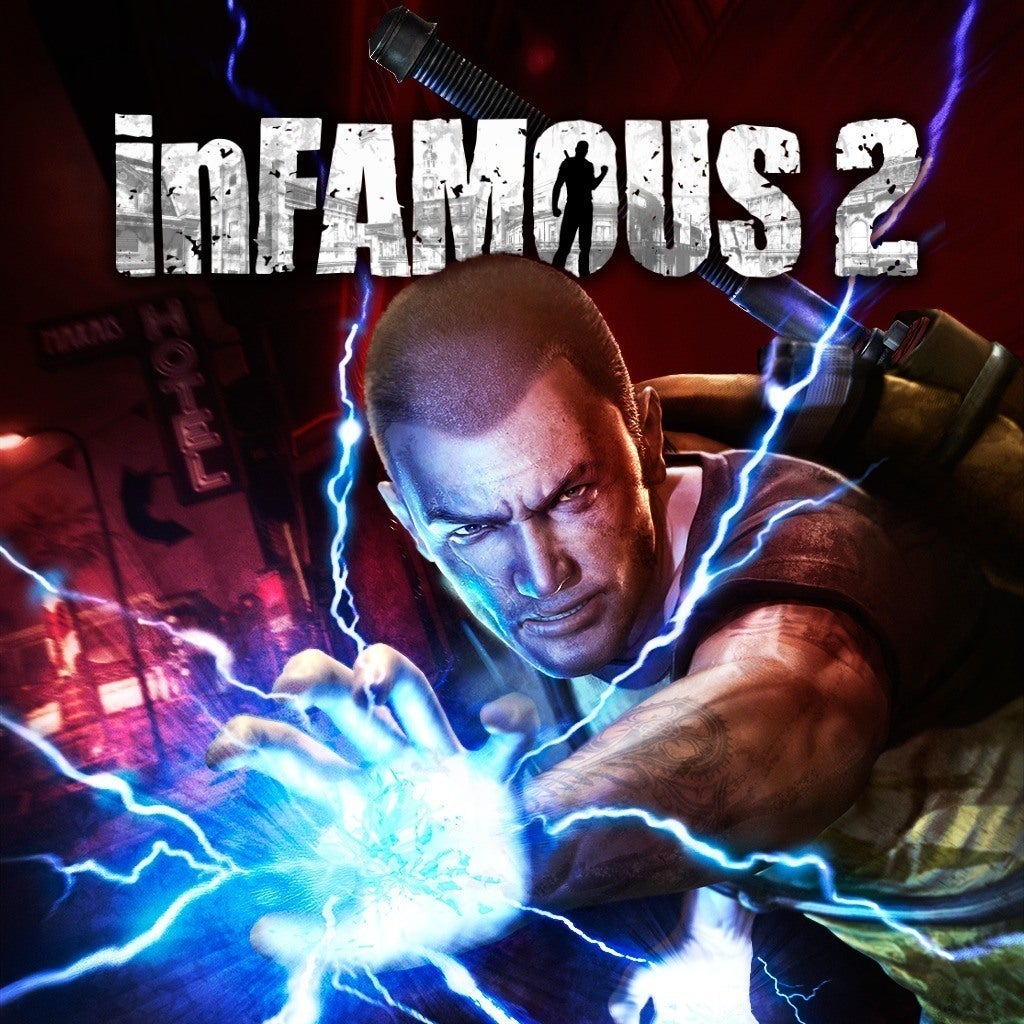
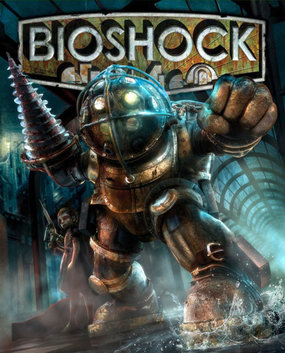
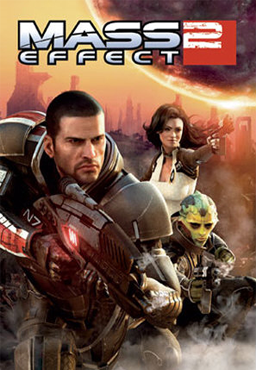

![[Review] Bloodywood - Nu Delhi](https://fohssignal.net/wp-content/uploads/2025/05/Nu_Delhi.jpg)
![[Review] Tool - 10,000 Days](https://fohssignal.net/wp-content/uploads/2025/05/10000Days.jpg)
